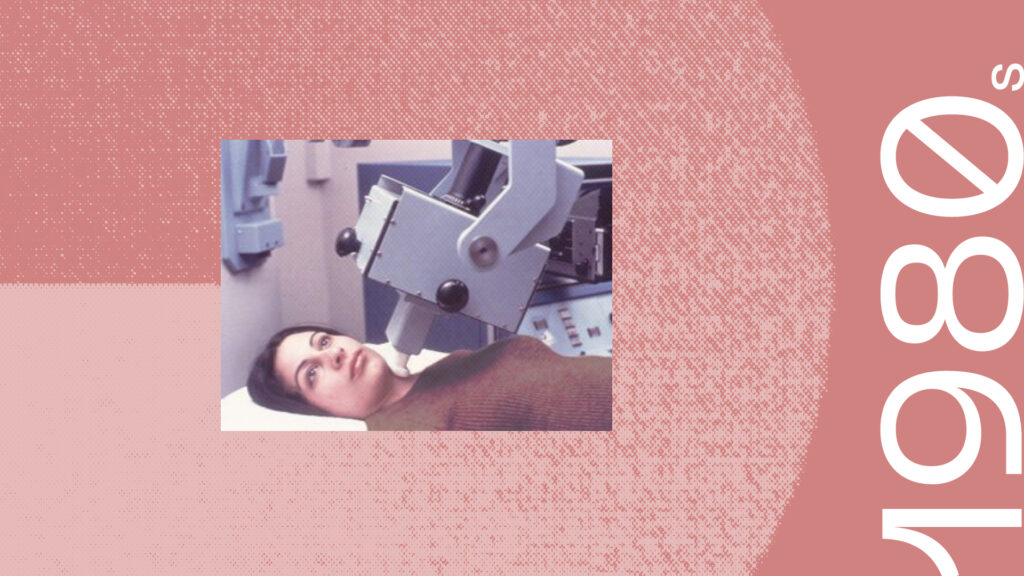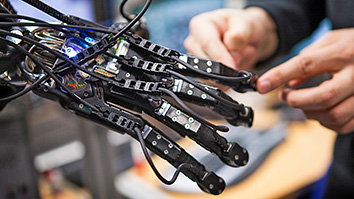
With its ability to safely image soft tissue, ultrasound has become a mainstay in medical diagnostics. The use of sound for medical imaging began in the late 1940s, largely stimulated by the development of sonar by the military following World War II. In the 1950s and 1960s, there was a rapid increase in the use of ultrasound, but early systems were static and their sensitivity and resolution were poor.
Since the 1960s, SRI has played an important role in designing improved systems and investigating the biological effects of ultrasound. The first ultrasonic instrument built at SRI was a two-dimensional scanner that permitted imaging in three modes: reflective, transmissive, and holographic. This system produced images of a wide variety of objects with unprecedented detail. SRI next developed an ultrasonic camera, which allowed for faster image acquisition and real-time imaging of moving tissues and organs for medical diagnoses.
SRI’s developments in reflex-transmission imaging in the 1980s further made ultrasound practical as a medical diagnostic tool. Since then, SRI has conducted extensive studies on the biomedical and industrial applications of ultrasound, and has developed therapeutic, diagnostic, and nondestructive testing instrumentation. SRI has developed many prototype imaging systems for the National Institutes of Health, business clients, and licensees. Many medical ultrasound manufacturers licensed technology from SRI.
Read our 75th anniversary blog feature
75 Years of Innovation: Ultrasound



